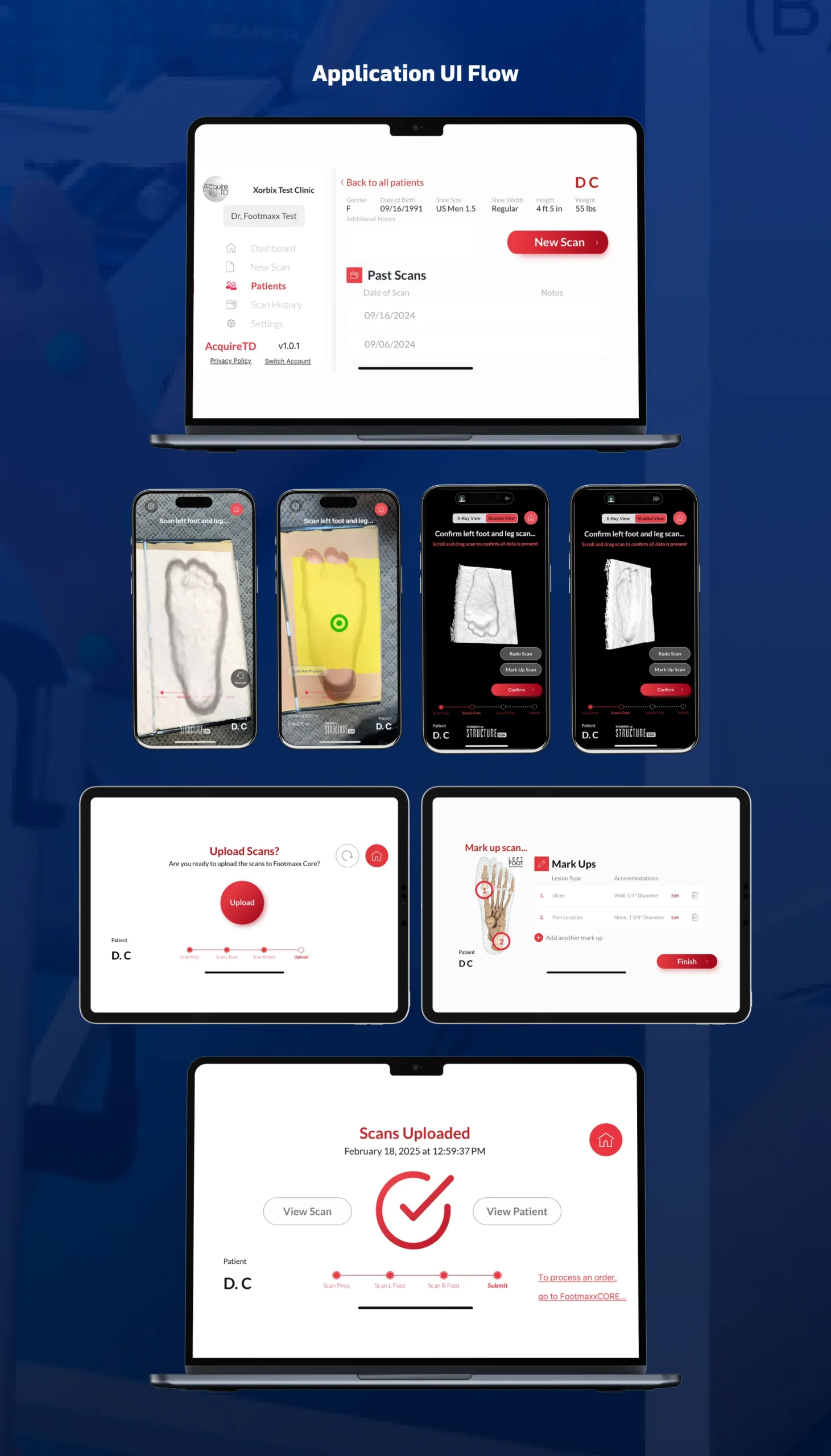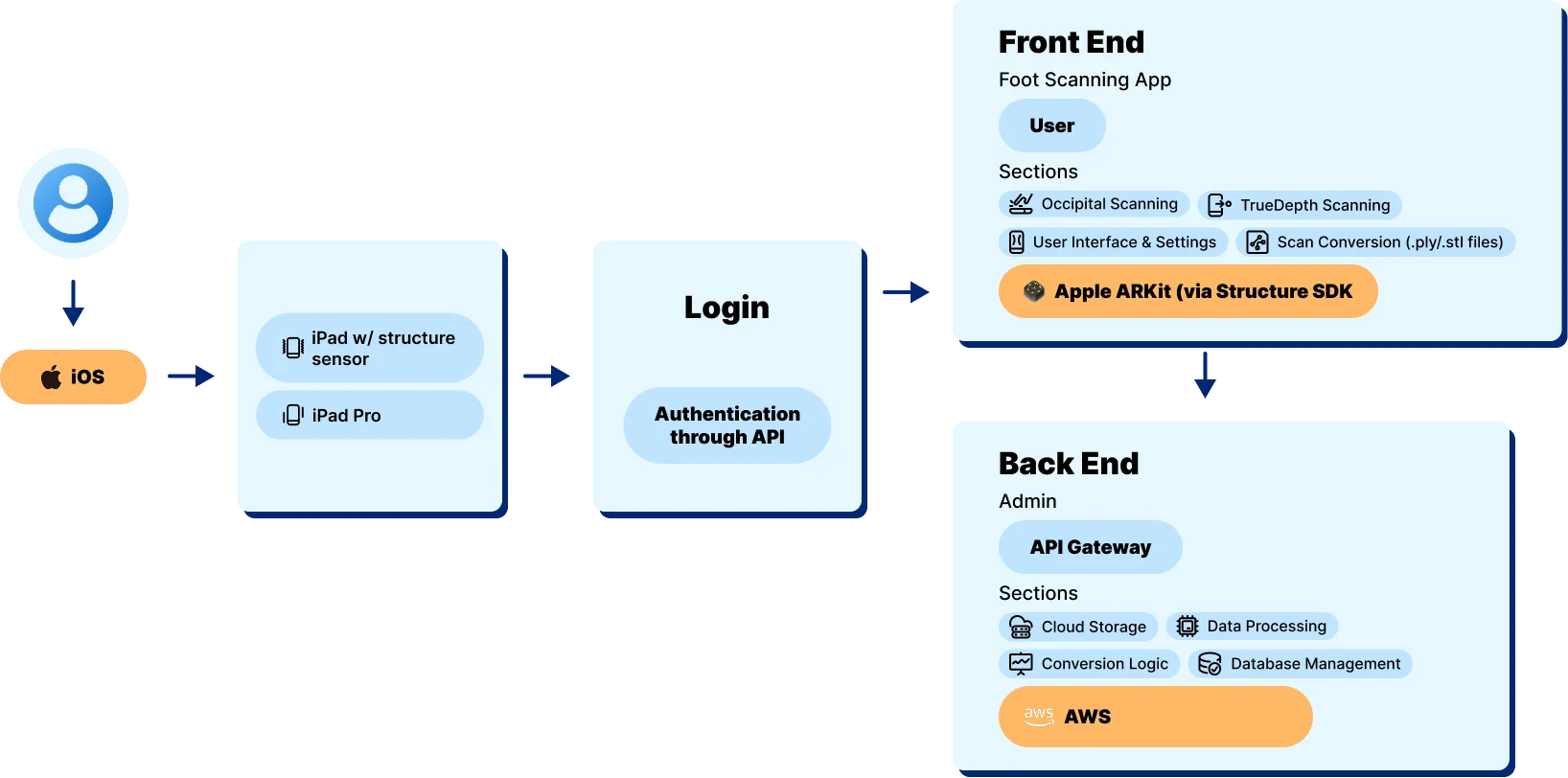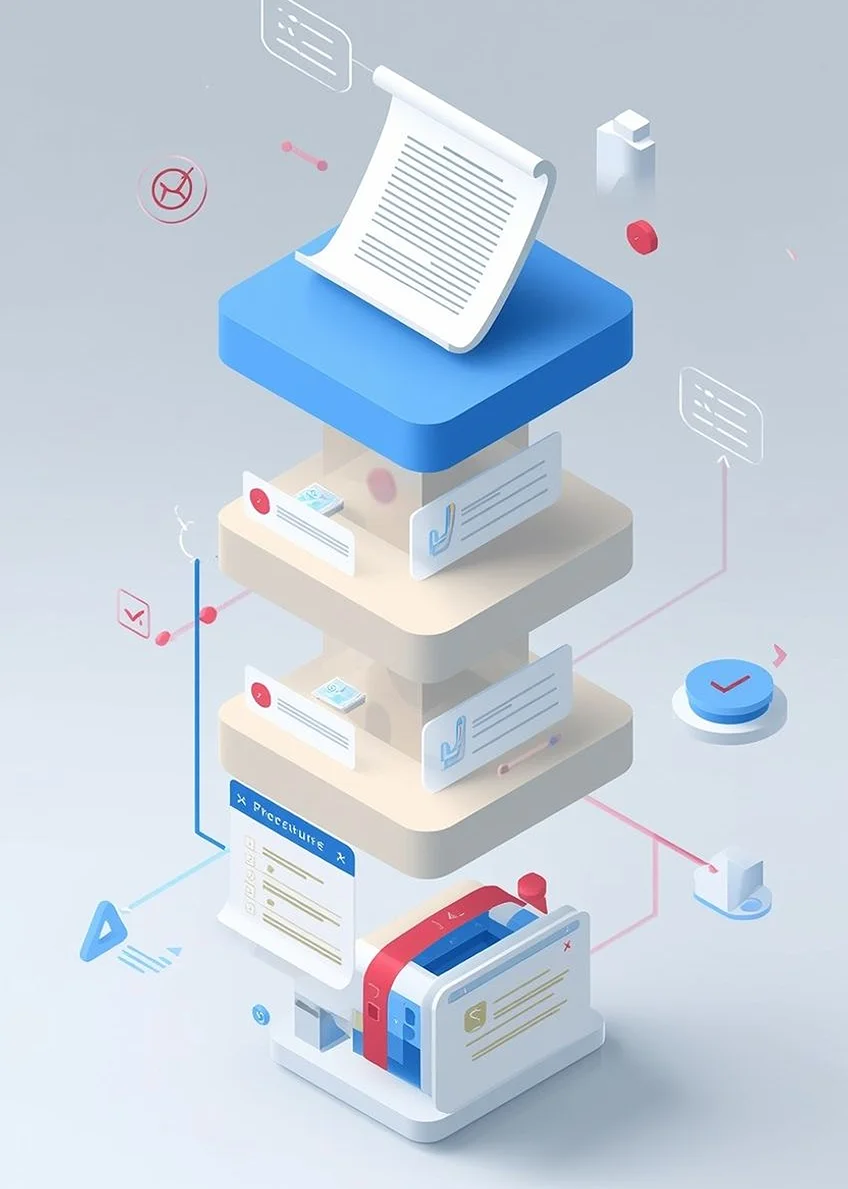Discover how Xorbix delivered custom software development, cloud-based managed services, and BI solutions to streamline aid access for a fintech client.
The client, a leader in foot scanning technology for podiatrists and orthotics manufacturers, aimed to enhance their mobile app used for capturing 3D foot scans for custom orthotic inserts. They sought to integrate Apple’s ARKit (via Structure SDK) and TrueDepth technology to improve accuracy, performance, and user experience. Through our system modernization services, Xorbix was tasked with upgrading the application, incorporating advanced technologies while keeping it intuitive, future-ready, and optimized for seamless 3D scanning and enhanced patient outcomes.


1. The app relied on outdated Occipital sensors, making 3D foot scanning bulky and inconvenient for users.
2. Dependency on third-party hardware significantly increased operational costs for the client.
3. The app’s outdated codebase and dependencies caused slow performance and frequent scanning errors.
4. Poor optimization led to an inconsistent user experience and reduced accuracy in foot scan results.
5. Obsolete infrastructure introduced potential security risks and limited compatibility with modern technologies.
6. A complete modernization was needed using Apple ARKit and TrueDepth to improve performance, accuracy, and usability.
Integrate Modern Scanning Technology: Transition from outdated occipital sensors to Apple’s TrueDepth technology, enabling precise 3D foot scanning directly on mobile devices.
Maintain Backward Compatibility: Ensure the app continues to support older occipital sensors for users who prefer the legacy hardware.
Improve Performance and Usability: Optimize the app’s codebase, UI, and scanning accuracy, creating a smoother and more intuitive user experience.
Reduce Costs: Eliminate the need for third-party sensors, reducing hardware expenses for the client and end-users.
Secure Data and Cloud Integration: Implement secure cloud storage and API integration to ensure patient data protection and seamless data transfers.
Xorbix delivered a complete system modernization service by integrating Apple’s TrueDepth technology through ARKit (via Structure SDK), replacing outdated Occipital sensors. The upgraded app now enables seamless 3D foot scanning directly on iPads, offering faster performance, improved accuracy, and reduced dependency on third-party hardware, all within a secure and user-friendly interface.


A trusted custom software development and mobile app development company, to modernize your healthcare applications today.
Discover how our expertise can drive innovation and efficiency in your projects. Whether you’re looking to harness the power of AI, streamline software development, or transform your data into actionable insights, our tailored demos will showcase the potential of our solutions and services to meet your unique needs.
Connect with our team today by filling out your project information.
802 N. Pinyon Ct,
Hartland, WI 53029
(866) 568-8615
info@xorbix.com